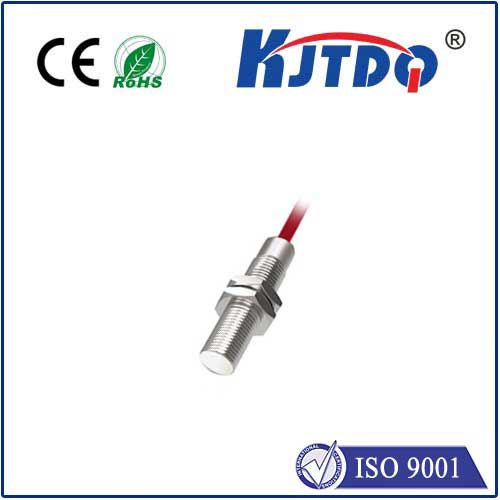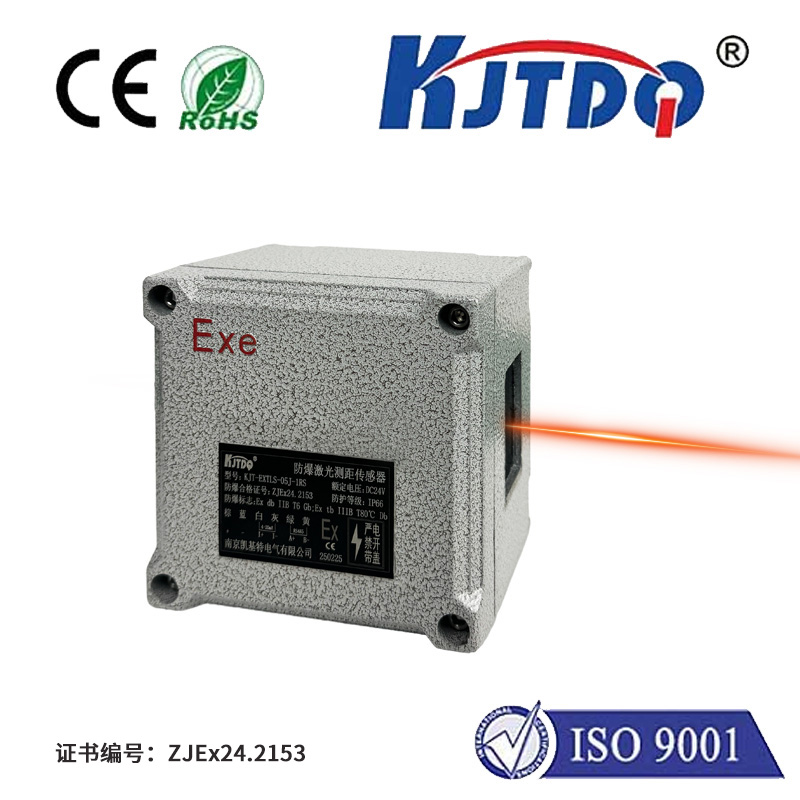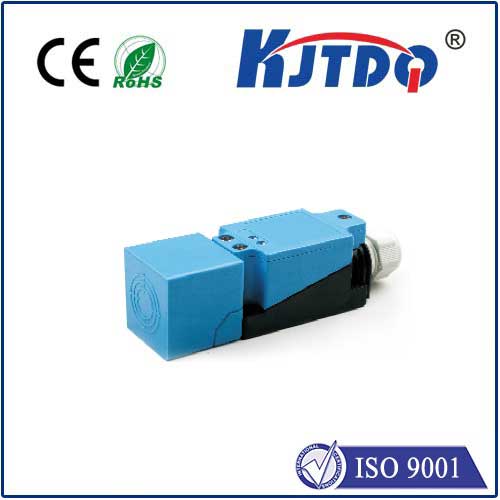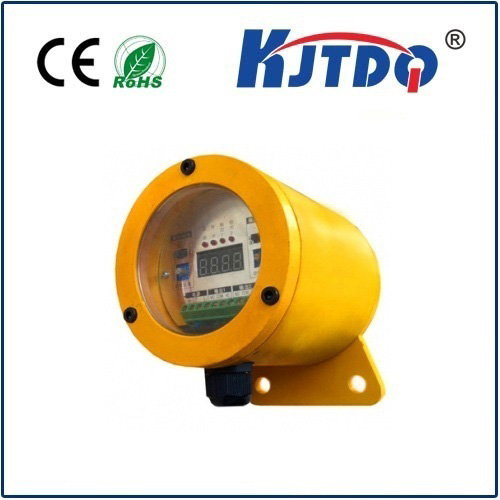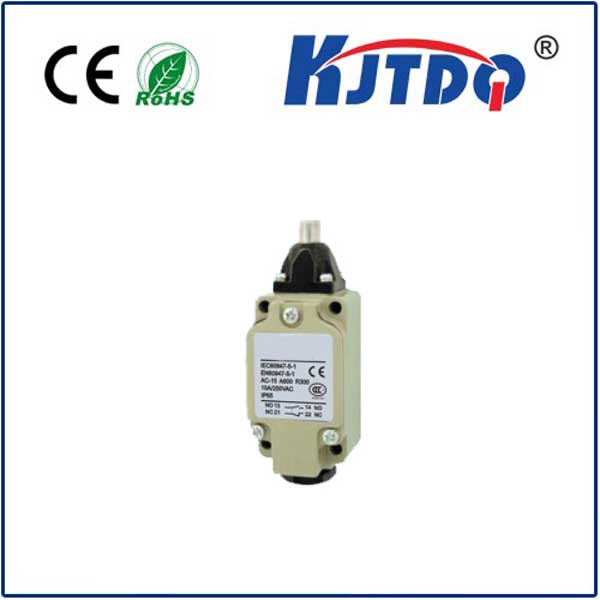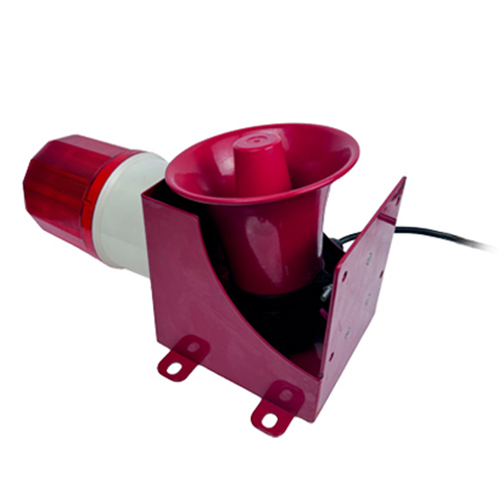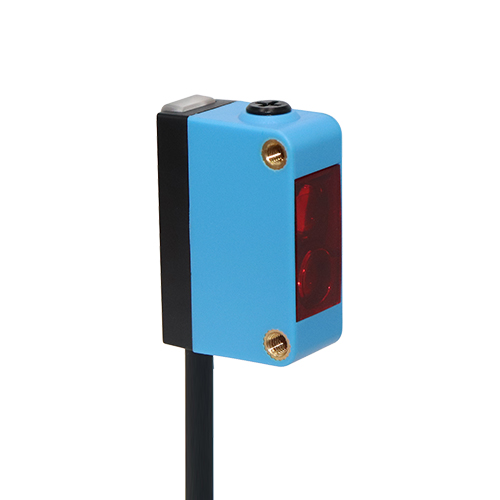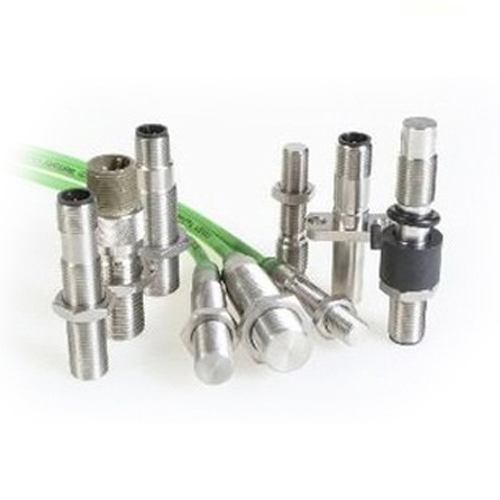pressure washer high limit switch
- time:2025-08-07 03:06:46
- Click:0
Pressure Washer High Limit Switch: The Essential Guardian Against Overheating Catastrophe
Picture this: you’re halfway through cleaning the deck, driveway, or siding, and suddenly your pressure washer just… shuts off. No warning, no sputter – complete silence. After a confusing moment (and checking the obvious like power and fuel), you wait, try again, and it might restart. Or maybe it doesn’t. This frustrating scenario often points to a small but crucial component silently doing its job: the high limit switch, also known as a thermal cutoff switch. Understanding this device is key to maintaining your pressure washer’s health and safety.
What Exactly is a Pressure Washer High Limit Switch?
At its core, the high limit switch is a safety sensor designed to prevent catastrophic overheating. Think of it as your machine’s internal fire alarm and circuit breaker rolled into one. It’s typically a small, disc-shaped or rectangular component strategically mounted on or very near the pump head, where temperatures are highest during operation.
This switch works on a simple but vital principle: it contains a heat-sensitive element (often a bi-metallic disc or a temperature-sensitive pellet) calibrated to react to a specific, dangerously high temperature threshold – usually between 195°F and 220°F (90°C - 105°C), though this varies by model.

How Does This Critical Safety Device Operate?
The operation is elegantly simple, relying purely on physics and temperature:
- Normal Operation: When the pump is running correctly and water is flowing, heat generated by friction and compression is efficiently carried away by the water stream. Temperatures stay safely below the switch’s activation point.
- Overheating Trigger: Problems arise when heat builds up excessively. This is most commonly caused by running the pump without water flow – known as “dry firing.” Water is both the cleaning medium and the essential coolant for the pump. Without it, friction between seals and pistons generates intense heat rapidly. Other causes include severe blockages, low water supply, or extended use at very high pressure without adequate flow.
- The Switch Acts: Once the temperature at the switch location reaches its pre-set critical limit, the heat-sensitive element inside physically changes state. A bi-metallic disc snaps, or a pellet melts, instantly breaking the electrical circuit that powers the pump motor or ignition system (depending on engine type).
- Shutdown: This circuit break causes the immediate and automatic shutdown of the pressure washer. It’s not a failure; it’s the switch doing its life-saving job.
- Reset (Usually): Unlike a fuse that blows, many pressure washer high limit switches are designed to reset automatically once they cool down sufficiently (often taking 10-30 minutes). This allows you to restart the machine after identifying and correcting the cause of the overheating. Some models may have a manual reset button on the switch itself.
Why is the High Limit Switch Non-Negotiable?
Ignoring the function or failure of this switch is incredibly risky. Its role is paramount for several reasons:
- Preventing Pump Seizure and Damage: Extreme heat scorches pump seals (O-rings), causing them to melt, deform, or harden. This leads to leaks and loss of pressure. Worse, overheated metal components can warp, gall, or even weld together inside the pump cylinder, causing a catastrophic and expensive “locked-up” or seized pump. Replacing a seized pump often costs more than half the price of a new machine.
- Avoiding Fire Hazard: While less common than pump damage, the intense heat near flammable fuel (on gas models) or electrical components creates a genuine fire risk. The switch acts as a critical barrier against this potential disaster.
- Protecting Valves and Internal Components: High temperatures degrade plastics and metals throughout the pump assembly, leading to premature failure of valves, pistons, and other vital parts.
- Extending Machine Lifespan: By preventing these overheating events, the high limit switch directly contributes to the long-term durability and reliability of your pressure washer. It’s a small part safeguarding a significant investment.
Recognizing Symptoms of a High Limit Switch Activation (or Failure)
How do you know the switch is involved?
- Sudden Unexpected Shutdown: The most classic sign – the machine stops dead during operation, especially if it was running fine moments before.
- Failure to Start (Hot): If the machine has recently overheated and shut down, it may not restart immediately because the switch is still in the “tripped” (open circuit) state until it cools.
- Repeated Cycling: The machine shuts down, cools, restarts, runs briefly, then shuts down again – indicating an ongoing overheating problem (like low inlet water or a blocked nozzle) triggering the switch repeatedly.
- Persistent Failure to Start (Cold): If the machine won’t start even when completely cold, the high limit switch itself might have failed permanently in the open-circuit position or simply broken internally. It no longer completes the circuit, even when temperatures are safe.
Dealing with a Triggered or Suspected Faulty Switch
- Immediate Action (After Shutdown): Never just keep trying to restart immediately! Identify why it overheated:
- DID YOU RUN IT DRY? This is the #1 cause. Ensure water supply is turned on and flowing adequately to the inlet.
- Check for Blockages: Inspect inlet filter, hoses, gun, wand, and nozzle for kinks, obstructions, or debris.
- Verify Water Supply: Ensure adequate pressure and flow from your source (faucet/tank).
- Avoid High Pressure/Low-Flow Use: Don’t use tiny pinpoint nozzles for extended periods; they restrict flow and reduce cooling. Use the appropriate nozzle for the task.
- Let it Cool: Allow the machine to sit undisturbed for at least 15-30 minutes. This gives the switch (and pump) time to cool down and potentially reset.
- Attempt Restart (After Cooling): If it was an overheating event (like dry firing) and you’ve corrected the cause, the switch should reset, and the machine should restart normally.
- Persistent Problems: If the machine consistently shuts down soon after restarting despite good water flow and no blockages, or won’t start at all when cold, the high limit switch itself may be faulty. A pump running excessively hot due to internal wear could also be the culprit.
- Testing & Replacement: Testing the switch accurately usually requires a multimeter to check for continuity at specific temperatures. Replacement involves purchasing the correct part number for your specific pump model and carefully installing it (disconnecting power/fuel first!). If unsure, consult a qualified repair technician. Bypassing or disabling this switch is extremely dangerous and strongly discouraged – you’re removing the last line of defense against severe damage or fire.
The humble pressure washer high limit switch is a masterpiece of essential simplicity. It operates silently in the background, demanding nothing until the moment its critical intervention is required. Recognizing its function and respecting the shutdowns it causes empowers you to protect your equipment, ensure safe operation, and avoid costly repairs. Treat that unexpected shutdown as a vital warning, not just an annoyance, and your pressure washer will reward you with years of reliable service.






